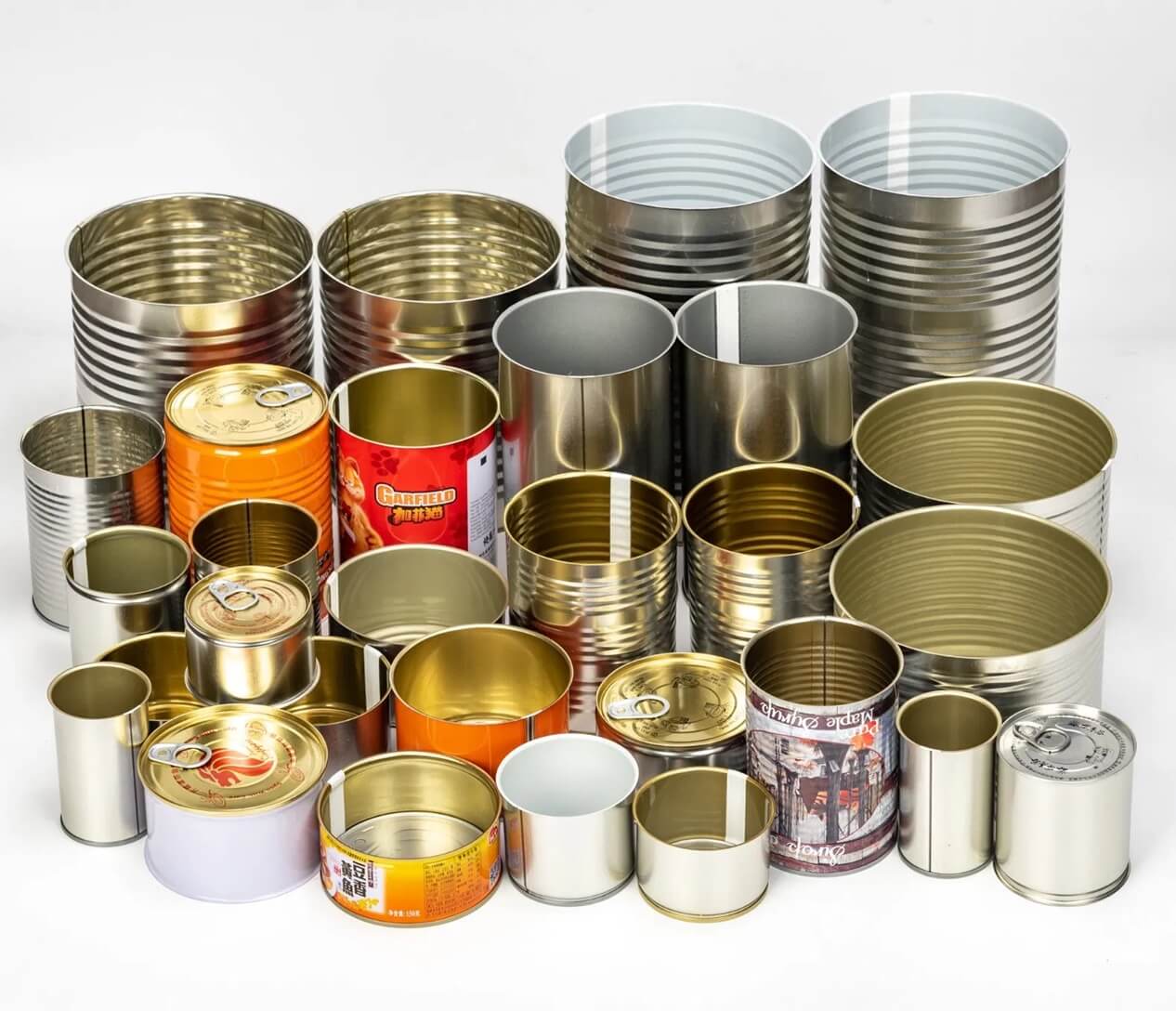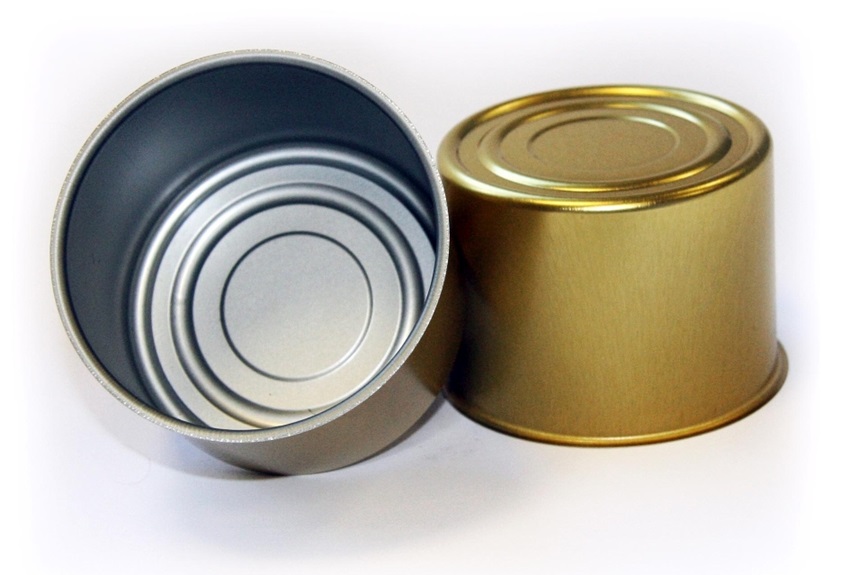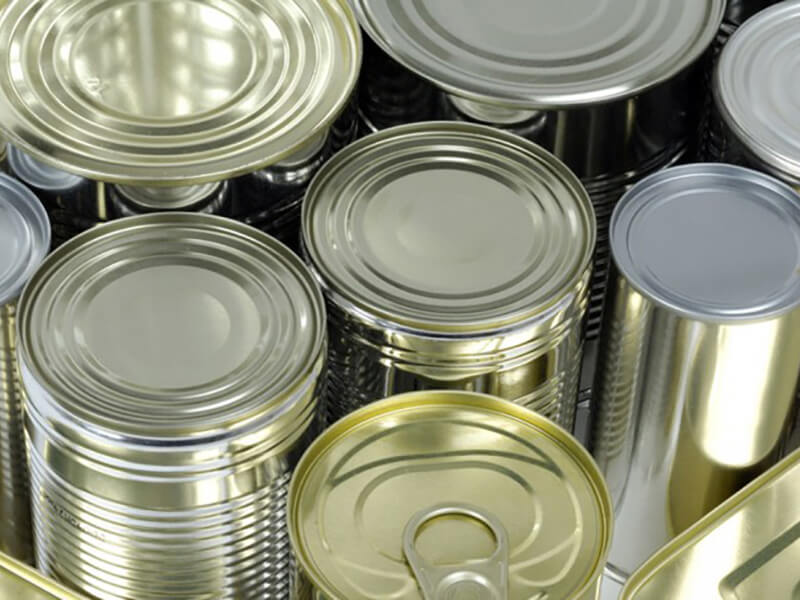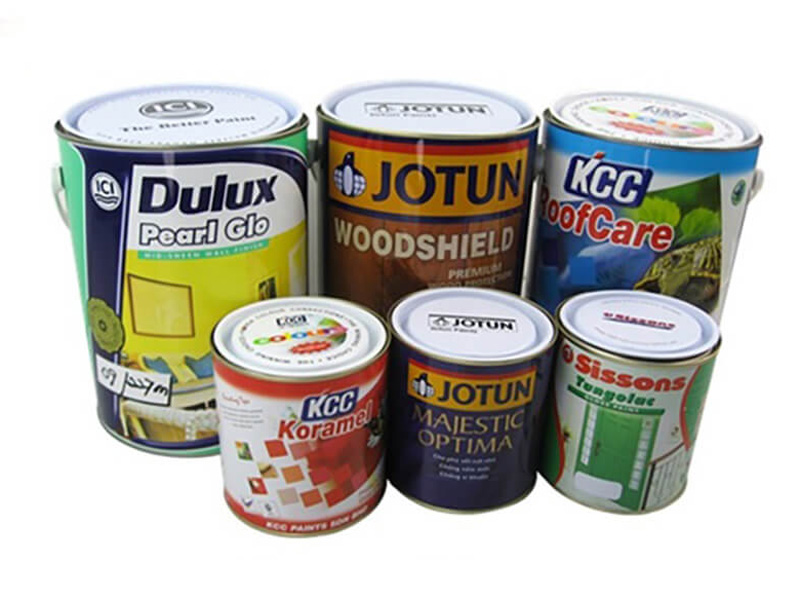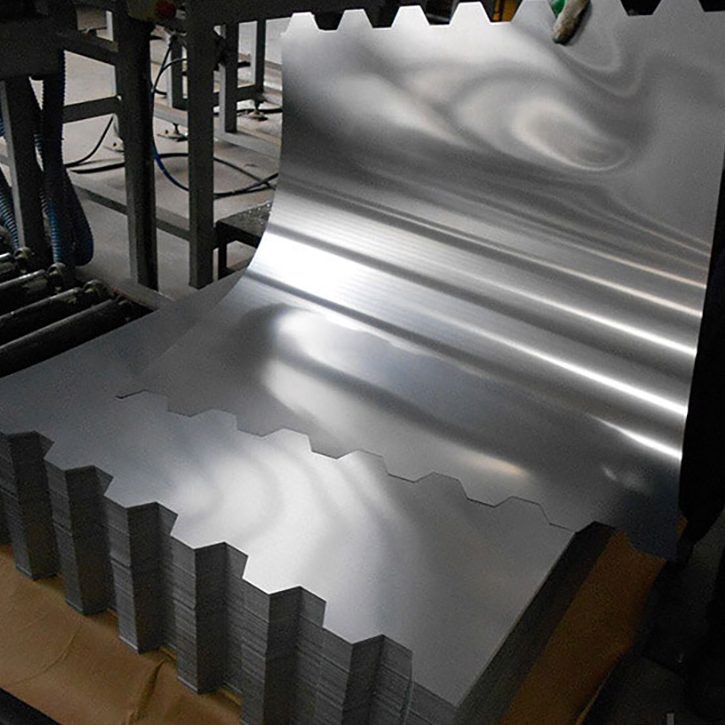What is ETP?
ETP full from the name is Electrolytic Tin Plate, Tinplate is a thin steel sheet coated with a layer of tin on both side. It has an extremely beautiful metallic luster as well as excellent properties in corrosion resistance, solderability, and weldability. Tinplate is widely used for making all types of widely used in the packaging industry for manufacturing cans, containers, and other packaging materials, such as Food cans, beverage cans, 18-liter cans, chemical drums etc. The tin coating on steel sheet provides a protective layer that prevents rusting, making it ideal for storing food, beverages, and other products that require a long shelf life.
What is SPTE?
SPTE mean is Steel Plate Tin Electrolytic, refers to a type of tinplate that is the Japanese Product Standard of Electrolytic Tinplate. SPTE is commonly used for applications that require a sturdy yet formable material, such as food cans, aerosol cans, and various types of closures.
Differences between ETP and SPTE
Production Process
- ETP: Electrolytic Tinplate is produced by coating a thin steel sheet with tin using an electrolytic process. The tin layer is applied after the steel sheet has been cold reduced and annealed.
- SPTE: Steel Plate Tin Electrolytic is produced by cold rolled steel sheet followed by an annealing process. The tin coating is applied electrolytically, similar to tinplate processed.
Thickness and Strength
- ETP: Typically has a more uniform thickness due to the tin coating being applied after the steel sheet is fully processed. It offers good formability but might not be as strong as SPTE in certain applications.
- SPTE: Known for its consistent thickness and good strength, making it suitable for applications that require a balance of formability and durability.
Applications
- ETP: Commonly used for food and beverage cans, easy open lids, and general line containers due to its excellent corrosion resistance and weldability.
- SPTE: Used in applications where a stronger and more formable tinplate is needed, such as aerosol cans, paint cans, and certain types of closures.
Both ETP and SPTE are crucial materials in the packaging industry, offering unique benefits that cater to specific applications. Electrolytic tinplate provides excellent corrosion resistance and weldability, making it ideal for food and beverage packaging, while SPTE offers a balance of strength and formability, suitable for more demanding applications. Understanding the differences between these two types of tinplate can help in selecting the right material for specific needs.



